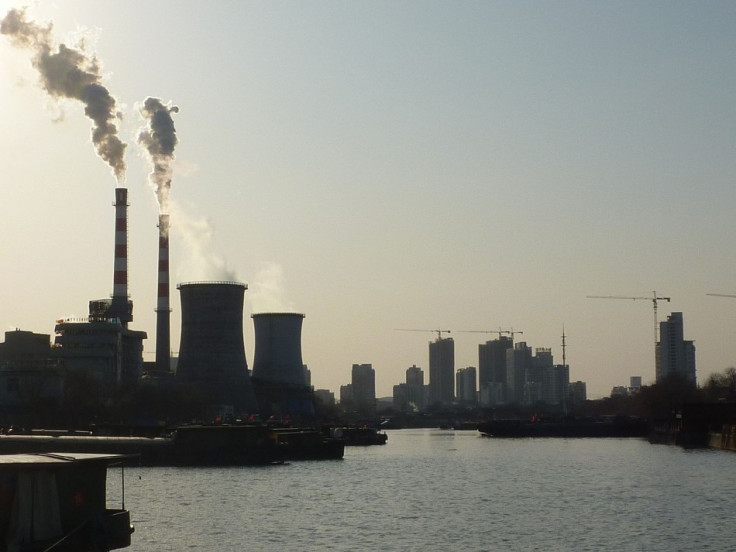China begins big week of economic data with weak trade results

China's exports and imports continued to decline in further signs of a growth slowdown in the world's second-largest economy.
Exports declined 2.5% year over year in May in dollar denominated terms, according to official data. Meanwhile, imports declined by 17.6%, indicating weak domestic demand.
Economists polled by Reuters were expecting exports to fall by 5.0% and imports to drop by 10.7% for the month.
The country posted a trade surplus of $59.49bn for the month, close to the peak $60.5bn recorded in February.
While export figures were better than expected, continued weakness in imports sparked worries among analysts.
"The deepening of the import contraction, despite stronger commodity prices in May, suggests that domestic demand is particularly weak, which contributed mainly to the strong trade surplus," said Zhao Yang, economist at Nomura.
"Even with export growth, it's quite challenging to meet the 6 percent target," said Zhu Haibin, China economist at JPMorgan.
The weak domestic demand in China comes despite stimulus measures by the government and central bank to boost growth. The People Bank of China had lowered interest rates in May for a third time in six months to spur lending and arrest the growth slowdown.
The trade figures are the first in a slew of economic data due to be released this week. China will release its inflation figures on 9 June, while data on retail sales, industrial production and fixed asset investment are slated to come on 11 June.
Analysts opined that China should undertake more stimulus measures to support the economy.
Earlier, the HSBC China manufacturing purchasing managers' index (PMI) showed a reading of 49.2 in May, below the crucial 50 neutral mark, indicating a third successive monthly deterioration in the health of China's manufacturing sector.
© Copyright IBTimes 2024. All rights reserved.






